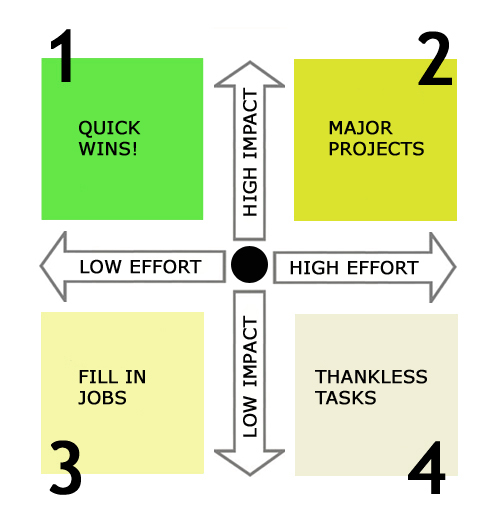Failure Mode and Effects Analysis (FMEA) has become a critical Six Sigma tool among businesses that are increasingly intent upon bringing more precision to solving their risk management challenges.
For instance, in healthcare it has been used to help improve the safety of chemotherapy and intravenous drug administration, among other applications. In financial services, it is used across most banking processes, particularly those at risk of fraud. In manufacturing, it has resulted in higher product quality and reliability and continuous improvement in product and process design.
Defining FMEA
 FMEA is a procedure for determining where processes, products or designs are most likely to fail and why. It is used to design a process, review and improve a process and also act as an efficient process control. Its step-by-step approach identifies each failure mode, with the analysis then estimating the effects of failure and devising ways of controlling the process so that failure can be averted.
FMEA is a procedure for determining where processes, products or designs are most likely to fail and why. It is used to design a process, review and improve a process and also act as an efficient process control. Its step-by-step approach identifies each failure mode, with the analysis then estimating the effects of failure and devising ways of controlling the process so that failure can be averted.
The most commonly used and least complex is the Process FMEA, which is used to evaluate manufacturing and assembly processes. Another type is the System FMEA, which analyzes complete systems and/or sub-systems during the design concept stage. The Design FMEA examines product designs before their release to manufacturing.
Started as U.S. military management procedure in the 1940s and by the 1960’s used for all of NASA’s quality management projects, FMEA helps managers understand where, when, how and why things may go wrong in a process or a procedure when:
- A step is omitted or a policy is skipped.
- Equipment breaks.
- People get distracted.
- Execution is inadequate, causing miscommunication, malfunctions, errors or accidents.
Benefits of the FMEA Done Right
The FMEA procedure is a highly effective way to evaluate processes, services or products. It is as valuable for revealing areas needing improvement as it is for guiding the development of new processes.
It is a logical, structured way to identify areas of concern while reducing development time and cost. It’s also valuable when the intent is to apply a particular (typically successful) process of one product or service to another. It has proven to be an effective way to identify how to improve areas where performance might be lagging, such as sales or customer satisfaction ratings or high expense to income ratios, for example.
One of the most critical benefits, however, is how FMEA enables early identification of single failure points and system interface problems that can hinder success and impact safety.
Pitfalls and Limitations of FMEA
For all its benefits, the FMEA does have a few limitations. It is, for example, only as good as the team behind it. Issues beyond team members’ knowledge aren’t likely to be detected or resolved – constituting unknown unknowns. Moreover, if the team forgets to list failure modes, they’ll be ignored. In either case, the upshot is a failure waiting to happen.
Another limitation is a function of the FMEA’s basis for prioritizing failure modes according to their risk. This won’t eliminate the failure modes and may well require other actions outside of the FMEA and the team carrying it out.
The FMEA is a big job, and the team walks a fine-line between taking on too large of a scope and taking on one that’s too small. If not enough focus is on those details, many failure modes will be missed. On the other hand, too many details may make the analysis seem a daunting task. The solution is to break the process down into manageable segments.
Finally, a pitfall many organizations encounter is in failing to recognize that the FMEA is not a static model. For successful risk management, the FMEA should be regularly updated as new potential failure modes are identified and corresponding control plans are developed.
FMEA has become integral to any production process, and is widely considered an improvement over traditional risk analysis, which treats each potential failure in isolation. Still, it’s not a panacea: It is an assessment tool, not one that is designed to eliminate problems. It will yield the best results when supplemented with other tools to see the control plans through.



